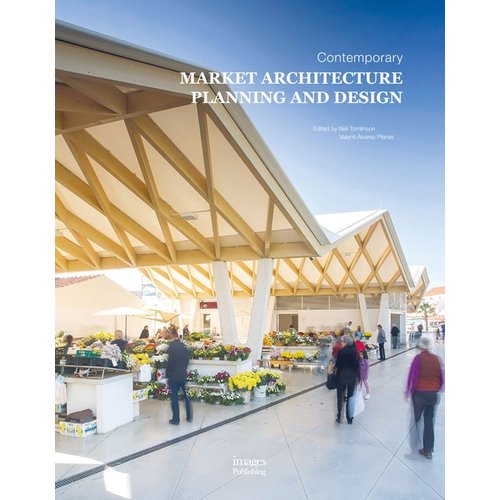
But we're also feeling upbeat about design right now—maybe because we've recently seen so much innovative and inspiring work, presented by some of today's most talented architects.
On a brilliant late-September weekend, more than 600 architects gathered for the biennial Monterey Design Conference (MDC), hosted by the AIA California Council at a rustic compound, originally planned and designed by Julia Morgan, on the California coast. Now in its fourth decade, MDC is the rare architecture event that focuses entirely on design. The stellar roster of speakers included Kengo Kuma of Japan, Odile Decq of France, and Marcio Kogan of Brazil, along with a great American crew—Marlon Blackwell, Anne Fougeron, Thomas Phifer, and Jennifer Yoos, among others—and four emerging West Coast firms. It was a strong showing of beautiful and intelligent work, created by architects deeply engaged in the larger worlds of culture and art, politics and society, nature and cities. Two of the projects presented are included in this issue—architecture schools by Blackwell and Phifer. Among the many other highlights of the conference: a house by Fougeron that cantilevers off a cliff; the elegant pavilions in a rolling landscape that Phifer is designing for a private art collection; the mirrored lavatories in a museum by Decq that she said, with a Gallic shrug, were inspired by Jacques Tati's Playtime; the witty short films Kogan has made to show off the stunning houses designed by his firm, Studio MK27.
“We work between the ideal and the improvised,” said Blackwell, a statement that applied not only to his own firm's inventive, tight-budget work—such his post-Katrina Porchdog house in Biloxi, Mississippi—but to others', including Yoos's firm VJAA, which used digital technology to design the twisted roof of a serenely simple boathouse (cost: $78 per square foot).
A few days after Monterey, RECORD held its 11th annual Innovation Conference in New York, where we looked at design within a larger sphere of evolving digital technology. While most architects would agree with keynoter Liz Diller, of Diller Scofidio + Renfro, that digital technology is merely a tool embedded in the design process, the conference explored newer applications and larger implications. Those included the rapidly growing potential of digital fabrication and the impact of so-called Big Data on shaping the urban realm. Keith Besserud of Skidmore, Owings & Merrill's Chicago office talked about planning a future community on a 600-acre brownfield site, using computational models developed by the Argonne National Laboratory and the University of Chicago to analyze data about everything from future energy use to water management. As Lise Anne Couture, of the firm Asymptote Architecture, put it, “Innovation is not just about using digital tools but how you creatively solve problems.”
One emerging theme of the conference is that architecture continues to move beyond the design of solitary buildings. Thom Mayne, an early master of the singular, digitally designed structure, said in the final keynote, “My work is about relationships and the nature of connection, not the object. I think innovation will be in the urban realm, not in iconic architecture.”
Iconic architecture remains a big part of the city—just see Zaha Hadid's latest, a cultural center opening this month in Baku, Azerbaijan—but as architects look toward the future, the challenges will be much greater than any single building can address.



